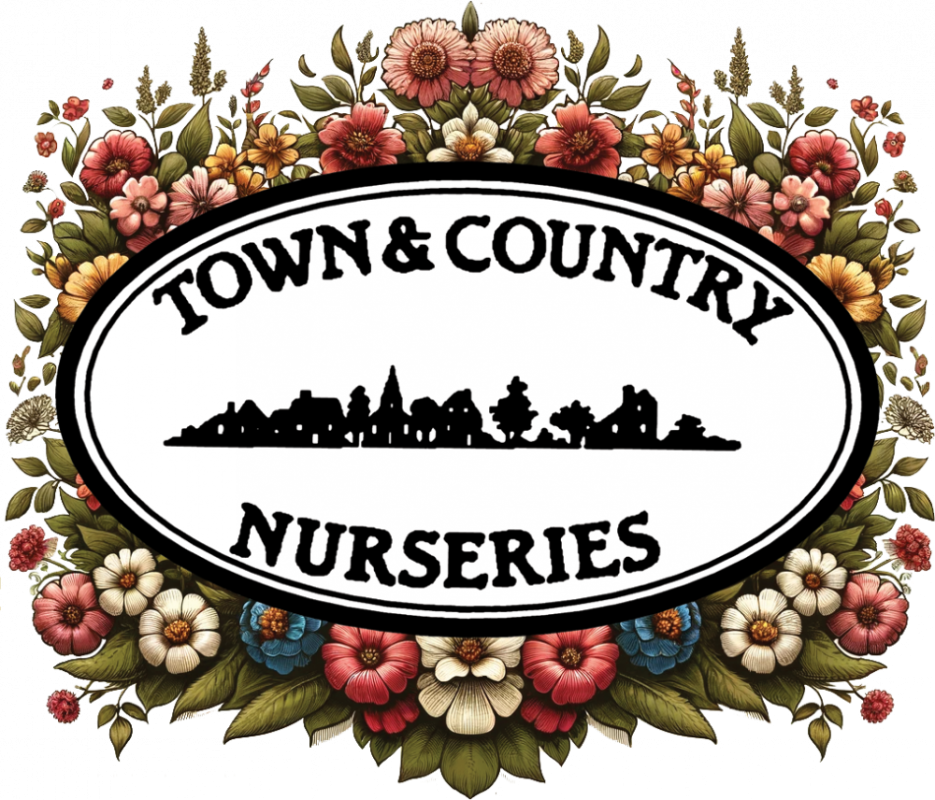Greetings, gardening enthusiasts,
Brought to you by the warm and hospitable team at Town & Country Nursery, we’ve crafted a definitive guide to understanding the lifecycle of annuals. More importantly, we’ll teach you how to schedule your fertilizing routine for maximum bloom. We’ll cover both conventional and organic methods to align with your unique gardening style and ensure your garden, especially those newer flowering hybrids like Proven Winners, truly stand out.
#1 Comprehending the Lifecycle of Annuals
First and foremost, we must comprehend the lifecycle of annuals. Annuals are plants that complete their entire life cycle, from seed germination to seed production, within a single growing season. After the plant produces seeds, it dies. But within this short span, annuals can imbue your garden with a burst of color through their stunning blooms.
Understanding the lifecycle of your annuals is the initial crucial step in scheduling your fertilization for the best possible blooms. The stages include germination, vegetative growth, and flowering, after which the plant will produce seeds and die.
#2 Fertilizing during Germination and Vegetative Phases
During the early life stages of an annual plant – germination and vegetative growth – it’s essential to use a well-balanced fertilizer to supply vital nutrients like Nitrogen (N), Phosphorous (P), and Potassium (K). Conventional fertilizers like a 10-10-10 or 14-14-14 mix are perfect for these stages.
Organic gardeners can opt for alternatives like compost, manure, or organic fertilizers such as alfalfa meal or fish emulsion. Remember, these stages are crucial for the development of roots and foliage, which sets the foundation for profuse blooms.
#3 Fertilizing for Flowering
As your plants transition into the flowering stage, you’ll want to adjust your fertilizer to encourage radiant and abundant blooms. This means shifting to a fertilizer high in Phosphorous (P) and Potassium (K), which are crucial for flower and fruit formation.
Conventional fertilizers, like a 15-30-15 mix, are perfect for this phase. If you lean towards organic options, bone meal and rock phosphate are excellent sources of phosphorus, while kelp meal and granite dust can provide the necessary potassium.
#4 Extra Care for Heavy Feeders
If you’re growing the newer flowering hybrids, such as Proven Winners, heed this warning – they are heavy feeders! These plants have been bred for outstanding performance and continuous blooms, but this also means they require extra nutrition and care.
Feeding these demanding plants every 1-2 weeks throughout the growing season with a top-quality, water-soluble fertilizer can ensure they reach their full potential. Organic gardeners might consider more frequent applications of compost tea or fish emulsion, as organic fertilizers tend to release nutrients at a slower pace.
#5 Monitor and Adapt
While we’ve offered general guidelines here, bear in mind that every garden is distinct. Closely monitor your plants for signs of nutrient deficiencies, like yellowing leaves or slow growth, and modify your fertilizing routine accordingly. Healthy, well-nourished plants are more resistant to pests and diseases and will reward you with a spectacular bloom display.
In conclusion, properly timing your fertilization based on your annuals’ lifecycle and feeding needs can ensure a vibrant and abundant display of flowers. Whether you prefer conventional fertilizers or organic alternatives, the true goal is providing your plants with the nutrients they need, right when they need them. So, from all of us at Town & Country Nursery, here’s to a fantastic gardening season – may your gardens blossom brighter and your harvests be more plentiful!
Happy Gardening!

